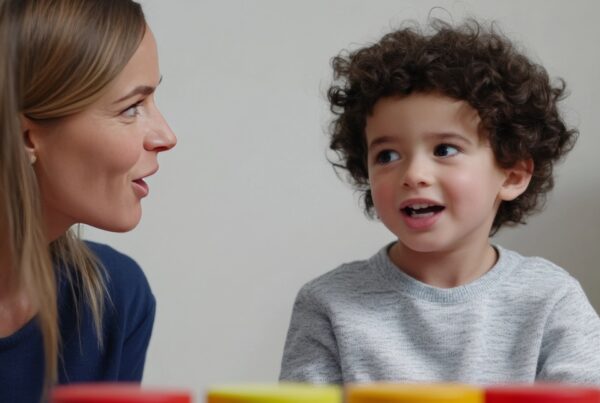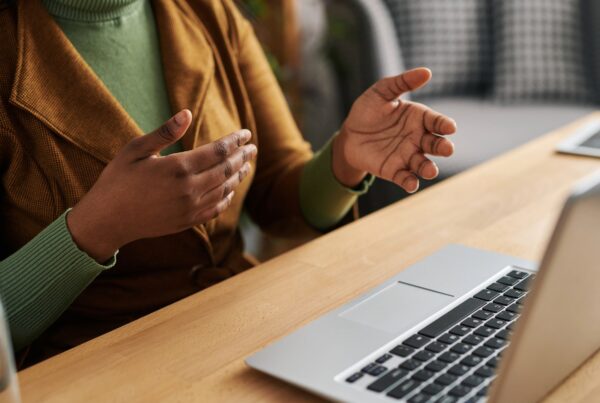Kids (and adults) have had a huge learning curve to get used to online sessions. So internet and tech issues aside – what can we do to help kids access online lessons or therapy sessions?
add image
Seating:
Children need to be sat comfortably, and importantly, with their feet flat on something. This could be the floor, a foot rest, or something from around the house, like an upturned laundry basket or toy box. If their feet are swinging freely, they are going to find they are putting more energy into sitting upright and less on the lesson. The sofa might be cozy, but it’s not the most ideal place to sit if your child needs to concentrate for a length of time.
Visual Distractions:
It’s not easy, especially with multiple family members all at home together. But trying to keep the table top or workspace clear of distractions and the area in their field of view tidy can help prevent children becoming overwhelmed visually. Scooping toys and clutter away into some boxes can be a quick morning routine to keep the table area less visually distracting.
Noise:
Over ear headphones can be helpful, particularly for older children for reducing other distractions in the room. We can’t always make sure the room and surrounding area is quiet but try to reduce noises where you can eg keeping things like the radio or tv off.
Breaks:
We can only concentrate for so long! Some people find this can be even harder on camera. Talk to your Therapist if you think your child needs some more breaks to stretch or jump about for a minute. Try to get them doing something physical after lunch, even if it’s just some jumping jacks.
Timers:
Try a simple timetable so your child knows what the jobs are for each session and how long the session will last. Children can find it harder to stay focussed if they don’t know when the end of an activity is.
Some children might find a timer useful, although some might find it’s visually distracting. It’s ok to have some trial and error to figure out what works best for your child and in your home.












